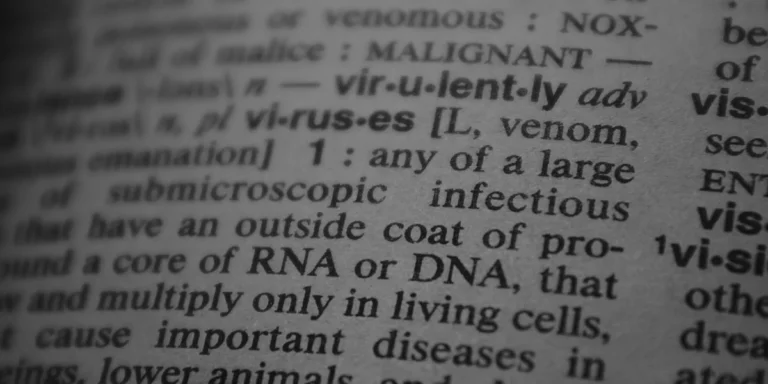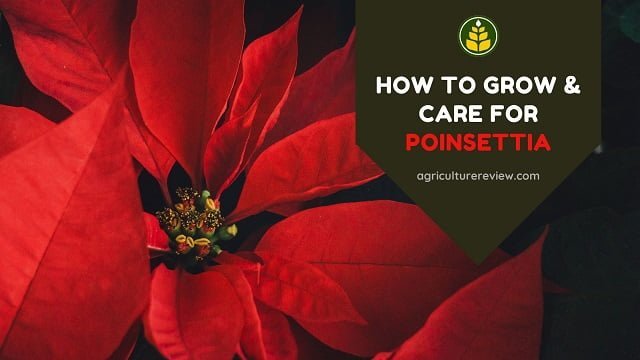This ultimate guide on vermicomposting will help you to know everything about preparing vermicpost, benefits, and its usage. So before knowing about the process, let us know about important terms.
Vermicompost is a magnificent nutrient rich जैविक खाद and a soil conditioner. It is the final result of decomposition of the organic materials with the help of mainly earth worms, white worms and red wigglers.
Vermicast i.e. the worm casting or worm faeces is the end product of the organic matter. It is excreta of earthworms. They contain water soluble nutrients for plants and have reduced level of contaminants i.e. they are a better choice for your plants.
Table of Contents
Vermicompost Nutrient Components
| Nutrients | Percentage |
|---|---|
| Organic Carbon | 9-18% |
| नाइट्रोजन | 2-3% |
| फास्फोरस | 1-3% |
| पोटेशियम | 1-2% |
| Sodium | 0.06-0.30% |
It also contains Calcium, Magnesium, Zinc, Iron, Sulphur, etc.
Vermicomposting
Vermicomposting is the process of composting organic residues with the help of earth worms. These worms have the capacity to eat as much as their body weight in a day. You can start vermicomposting for your large scale as well as for your home garden.
Instead of throwing valuable organic waste outside, why not we can start making useful compost out of them. Their nutrient content help the plants to grow. Now, let us know about basic requirements to start vermicomposting for large scale farm as well as for gardening purposes.

Selection of Earthworm
Well, there are more than 3000 species of earthworm living in our beautiful planet. But, you can not select all of them for vermicomposting. According to National Centre of Organic Farming, Ghaziabad (Bharat) you can select the following species.
Eisenia foedita
Eudrilus eugeniae
Perionyx excavatus
NCOF selected these species because they multiply rapidly in large numbers. They are also voracious feeders and have short life cycles with less mortality. Moreover, you can easily handle them and they can survive throughout the year.
But if these species are not available then you select other species too. Although try to find these species either online or from nearest organic farming centres.
Suitable Food
Earthworm will need organic food to eat and convert them into compost. The C/N ratio of organic waste in the ratio of 20 to 40 is ideal for feeding these worms. If the ratio is less than 20 then you can directly use it as a compost.
Moisture
85% of the body of earthworm is made up of water, hence they need adequate moisture to survive. They can not live without moisture. According to NCOF, more than 35% moisture should be in the organic waste for proper growth of earthworms.
These worms respires through their body surface, hence they keep releasing mucus from dorsal pores. This helps them to keep their body moist. Therefore, ideally 60% moisture must be present in the organic waste. You can add water periodically to ensure appropriate moisture content.
तापमान
Temperature range of 20 to 35 degrees celsius is ideal for earthworms. Therefore, make sure that the temperature of organic waste to be in this ideal range. Temperature above 45 degrees celsius and below 0 degree celsius can kill earthworms.
pH Range
पीएच of the organic waste should be neutral or from 6.0 to 7.0 pH. If the pH of the organic waste is above 9.0 या below 4.0 then it can harm earthworm. The rate of multiplication of worms and compost production will decrease.
Hence, it is very necessary to check pH of the organic waste. Adding green waste with dry waste and maintaining adequate moisture helps to maintain the pH of the organic waste.
स्थान
Select a spot where there is no direct sunlight. Prefer to start vermicomposting under shade. Earthworms hate direct sunlight. They are nocturnal organisms and hence are mainly active during night.
Sunlight exposure or ultra-violet wavelength light can kill them. Therefore, avoid direct sunlight in the region where you are going to start composting. Moreover, heat generated from these lights also affects them. That’s why select a cooler spot away from the light.
Compost Pit
You can prepare compost pit of desirable dimension in your garden or large scale farm. The most ideal dimension of the simple vermicomsting pit is 2 metres x 1 metre x 45 centimetres. You can construct the structure with the help of bricks and mortar. Make sure to have proper water outlets.
If you want to start on your terrace then also you can construct this structure. But if you want to start on a small scale then you can use any plastic या wooden container. But make sure that the depth of the container should be at least 35 to 45 centimetres deep. Make 2 to 3 holes at the bottom to remove excess water.
इन्हें पढ़कर आपको भी अच्छा लगेगा,
और पढ़ें: 3G CUTTING: INCREDIBLE WAY TO INCREASE YOUR CROP YIELD
और पढ़ें: PANCHGAVYA: ORGANIC FERTILIZER AND PESTICIDE FOR YOUR PLANTS
How To Start Vermicomposting?
In the process of decomposition any waste material releases heat. And earth worms are temperature sensitive. They do not like temperature above 35 degrees celsius. But, the decomposing waste material generates lot of heat.
The temperature normally rises above 45 degrees celsius. Hence, we can not start vermicomposting from the raw organic waste. Therefore, it is very important to pre-decompose the organic waste before using it as earthworms feed.
In a similar tank or plastic container you can add waste organic materials और cattle dung slurry (fresh) in equal ratio. Leave it for 3 to 4 weeks for fermentation. You should also over turn this fermenting material twice to thrice with the wooden stick during the complete process of fermentation.
This will help to remove accumulated heat in the pit or tank. Both cattle dung and organic waste can not be used directly. Ferment them and maintain 60% moisture in the decomposing material. After fermentation, you can transfer this organic waste in the main vermibed.
Vermibed
You can construct an ideal vermibed to start vermicomposting. According to NCOF, the ideal dimension of a vermibed is 3 metres x 0.9 metres x 45 centimetres. Do not exceed depth above 45 centimetres and breadth above 1.2 metres.
Fill the bottom layer of the vermibed with pebbles or brick pieces. This will help to facilitate aeration. Do not add to much pebbles, apply just a thin layering. After this first layer you can add dry agriculture biomass such as dried leaves, roots, fruit peels, etc.
Cover this layer with neem leaves or wheat straw or dry grass. This will help in preventing earth worms from predators. Over this layer add 9 to 12 inches thick layer of fermented organic waste. Spray the water to maintain adequate moisture and add earthworms.
You can add approximately 2000 earthworms of a particular species only in a single vermibed. After releasing them, they will crawl and decompose the waste material completely within 40 to 60 days. According to NCOF, 50 to 60% of the total waste material will get converted into useful compost.
Predators
Earthworms are prone to predators, hence you will need to be very careful about them. Flat worms, slugs, beetles, centipedes, frogs, reptiles, birds, rodents, can predate on earthworms. To save earthworm from ants put a line around the vermibed with the help of charcoal.
Moreover, cover the vermibed with thorny leaves or wire mesh. This will help to prevent useful worms from predators. But, if you are facing serious problems of small predators like ants then you can use this.
In 20 litres of water, add 100 grams of chilli powder, 100 grams turmeric powder, 100 grams salt, and few drops of hand wash liquid या soap solution. Spray this solution around and in every corner of vermibed.
If you are constructing vermibed in a large scale farm or have space. Then you can surround the area of vermibed with narrow water channel. This will help to prevent earthworms from predators.
Vermicompost Harvesting
After 40 to 50 days of introducing earth worms in vermibed, you can start collecting the vermicompost. First collect vermicast from the top layer of the vermibed. And then stop watering. After 2 to 3 days due to lack of moisture, earthworms will crawl down to the bottom layer.
Harvest the vermicompost from the bed and keep it for drying under shade for 2 to 3 days. Soon after harvesting you can add fresh fermented organic waste in the vermibed for decomposition using earthworms.
After 2 to 3 days sieve this harvested compost with the help of 4 to 5 mm sieves. If there are earth worms present then put them to the vermibed along with the undecomposed vermicompost. You can use the sieved compost for farming as well as gardening purposes.





